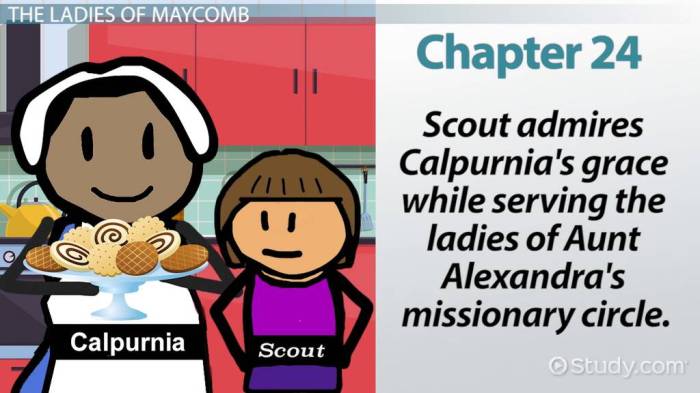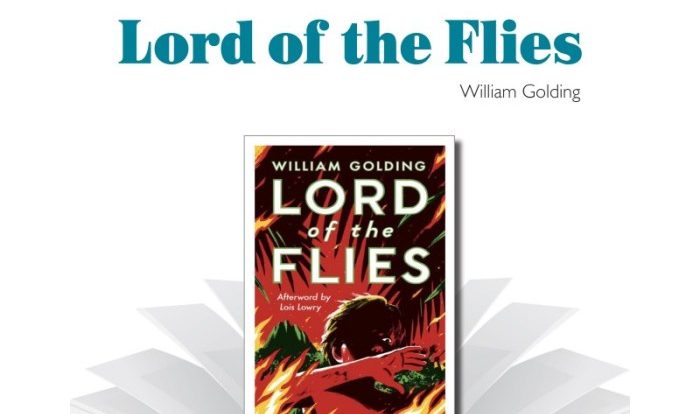To kill a mockingbird questions and answers chapter 1 31 – Embark on an enlightening journey through Harper Lee’s classic novel, To Kill a Mockingbird, with our comprehensive guide to questions and answers covering Chapters 1-31. This exploration delves into the intricacies of the novel, offering insights into its characters, themes, and symbolism.
From the enigmatic Radley Place to the poignant trial of Tom Robinson, each chapter unfolds a tapestry of lessons about justice, prejudice, and the complexities of human nature. Our analysis provides a deeper understanding of the novel’s enduring impact on literature and society.
Chapter 1: “The Radley Place”: To Kill A Mockingbird Questions And Answers Chapter 1 31

The Radley Place is a mysterious and enigmatic house that looms large in the imagination of the Finch children. Its dilapidated exterior and reclusive inhabitants have earned it a reputation for darkness and danger. The house’s presence casts a shadow over the Finch family, constantly reminding them of the unknown and forbidden.
The Radley Family
The Radley family is a reclusive and enigmatic group. The patriarch, Mr. Radley, is a stern and unyielding figure who has withdrawn from society. His son, Boo Radley, is rumored to be mentally ill and has been confined to the house for years.
The only other member of the family is Mrs. Radley, who is rarely seen outside.
Scout’s Perspective
Scout is fascinated by the Radley Place and its inhabitants. She is drawn to the mystery and danger that surrounds the house, but she is also afraid of it. Her conflicting emotions reflect the complex and contradictory nature of the Radley family.
Chapter 2: “Dill”
Dill Harris is a precocious and imaginative boy who arrives in Maycomb during the summer. He quickly becomes friends with Scout and Jem and brings a sense of adventure and wonder to their lives. Dill’s arrival coincides with the beginning of the novel’s central conflict, and his presence helps to illuminate the themes of prejudice and injustice that run throughout the story.
The Role of Imagination
Dill’s imagination is a powerful force in the novel. He is able to see the world in a way that the adults cannot, and his childlike perspective helps to highlight the hypocrisy and cruelty of society. Dill’s imagination also allows him to create a world of his own, where he can escape the harsh realities of Maycomb.
Fascination with Boo Radley
Dill is fascinated by Boo Radley, and he spends much of his time trying to coax him out of the house. Dill’s fascination with Boo reflects the novel’s larger theme of the importance of understanding and empathy.
Chapter 3: “The Mockingbird”
The mockingbird is a symbol of innocence and vulnerability in the novel. It is a harmless creature that is often hunted and killed for no reason. The mockingbird’s fate mirrors the fate of Tom Robinson, a black man who is falsely accused of rape and murdered.
Miss Maudie’s Teachings, To kill a mockingbird questions and answers chapter 1 31
Miss Maudie is a wise and compassionate woman who teaches Scout about the importance of respecting all living creatures. She tells Scout that it is a sin to kill a mockingbird because they do not harm anyone. Miss Maudie’s teachings help Scout to develop a sense of empathy and compassion.
Motif of the Mockingbird
The mockingbird motif is used throughout the novel to symbolize the innocence and vulnerability of those who are different. It is a reminder that even the most harmless creatures can be destroyed by prejudice and hatred.
General Inquiries
What is the significance of the Radley Place?
The Radley Place is a symbol of mystery and fear in Maycomb. Its dilapidated appearance and reclusive inhabitants, especially Boo Radley, evoke a sense of unease and curiosity among the townspeople.
How does Dill’s arrival impact Scout and Jem?
Dill’s imaginative and adventurous spirit brings a sense of wonder and excitement to Scout and Jem’s lives. He encourages them to embrace their imaginations and explore the possibilities of childhood.
What is the symbolism of the mockingbird?
The mockingbird represents innocence, vulnerability, and the beauty of nature. Its senseless killing highlights the destructive nature of prejudice and the importance of protecting the innocent.

